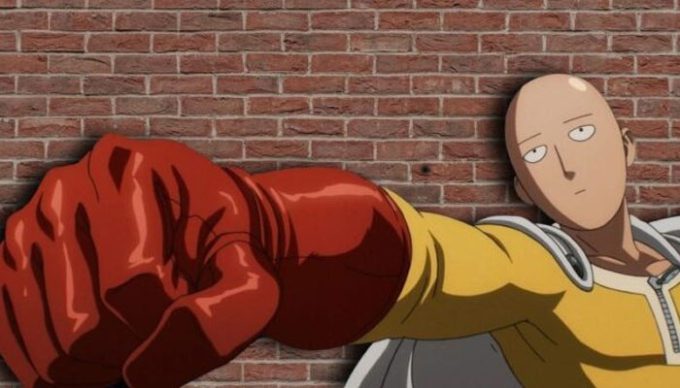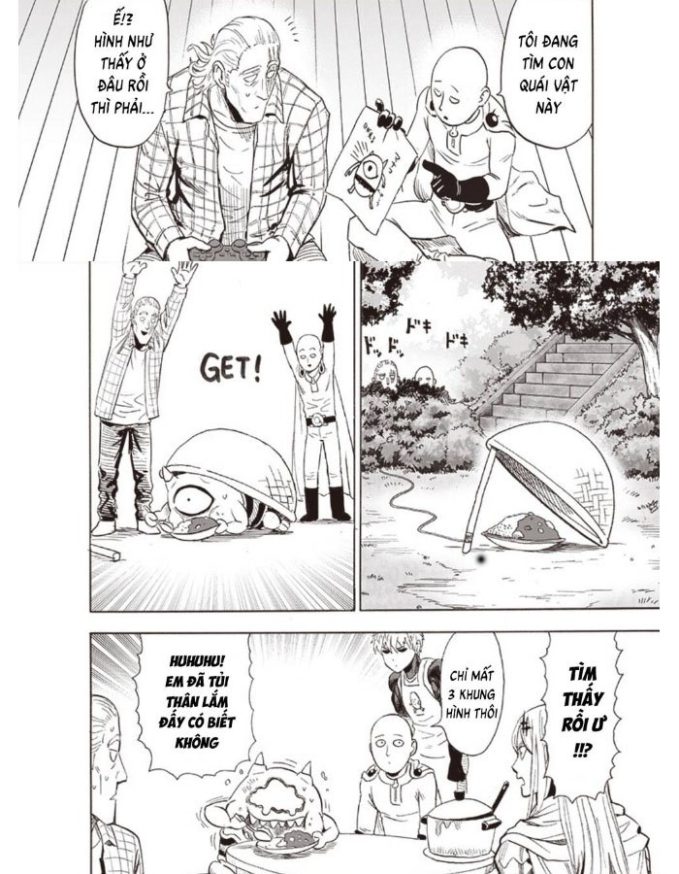Saitama – the main character of One Punch Man is not just an ordinary hero. With the ability to eliminate monsters with a single punch, from actions as outrageous as “destroying Jupiter,” Saitama has always been a uniquely captivating character.

However, the latest manga chapter introduces us to an even more unusual event: Saitama breaks through the fourth wall. At first glance, it may seem like a trivial plot point, but such actions have sparked much speculation among fans.
The context leading to the breaking of the fourth wall
In the most recent chapter, Saitama feels lost while talking to heroes Flashy Flash, Genos, and Speed-o’-Sound Sonic. He decides to spend time with King, even sharing a picture of Manako (a monster that came to aid him and Flashy Flash) with King.

With King, Saitama quickly sets up a prank to capture Manako and successfully executes the plan. What makes this event most amusing is Saitama’s remark about the incident: “It only took three panels.”
Breaking the fourth wall: A significant detail or just a simple joke?
The interesting thing is that Saitama has never broken the fourth wall in this series before. This raises the question for fans: “What is the significance of this action?”
When a character breaks the fourth wall, it means they recognize their existence within a narrative. This can be compared to characters like Deadpool from Marvel, who frequently interact with the audience.

However, does this event in One Punch Man indicate something deeper, or is it just a fleeting gag? This chapter may hint at a different level of fourth wall awareness but remains engaging nonetheless.
In the fight between Flashy Flash and Saitama, our hero moves at such speed that the designers can only zoom in and copy his previous images. This detail, along with the “three panels” comment, leads us to wonder if Saitama has become more aware of the narrative structure than we initially thought.
The character’s self-awareness could be a powerful element in storytelling. Such awareness allows the character to transcend typical limitations, simplifying their journey as they recognize those “limitations” as part of their existence. This can create a unique understanding of the fourth wall’s significance in Saitama’s character.
While we cannot definitively interpret the meaning behind this fourth wall break, it undeniably raises interest and curiosity among fans. Will future chapters explore this newfound awareness of the fourth wall as a key element of Saitama’s strength?





















